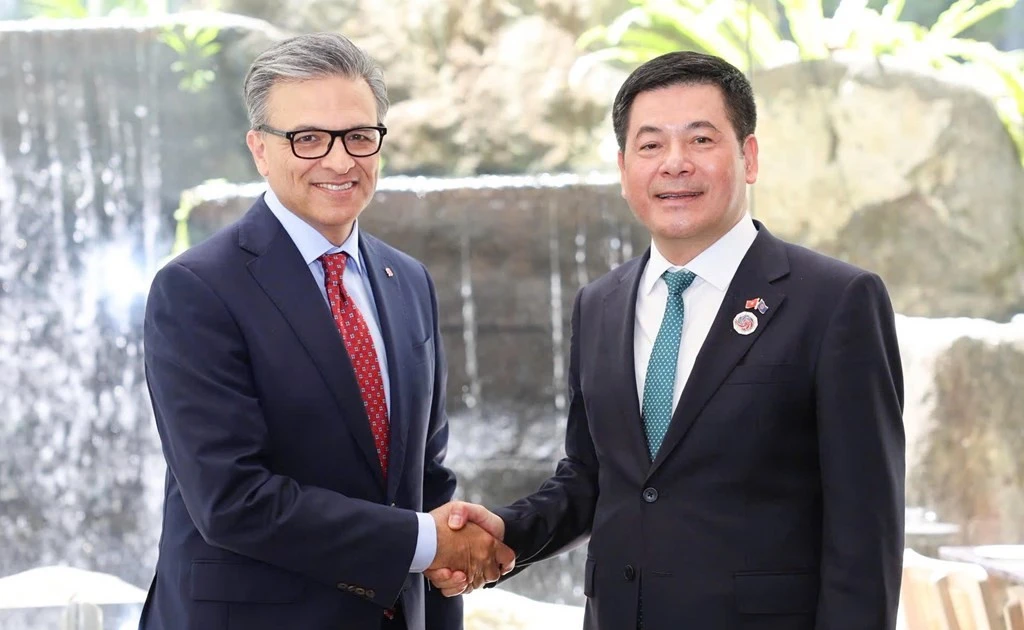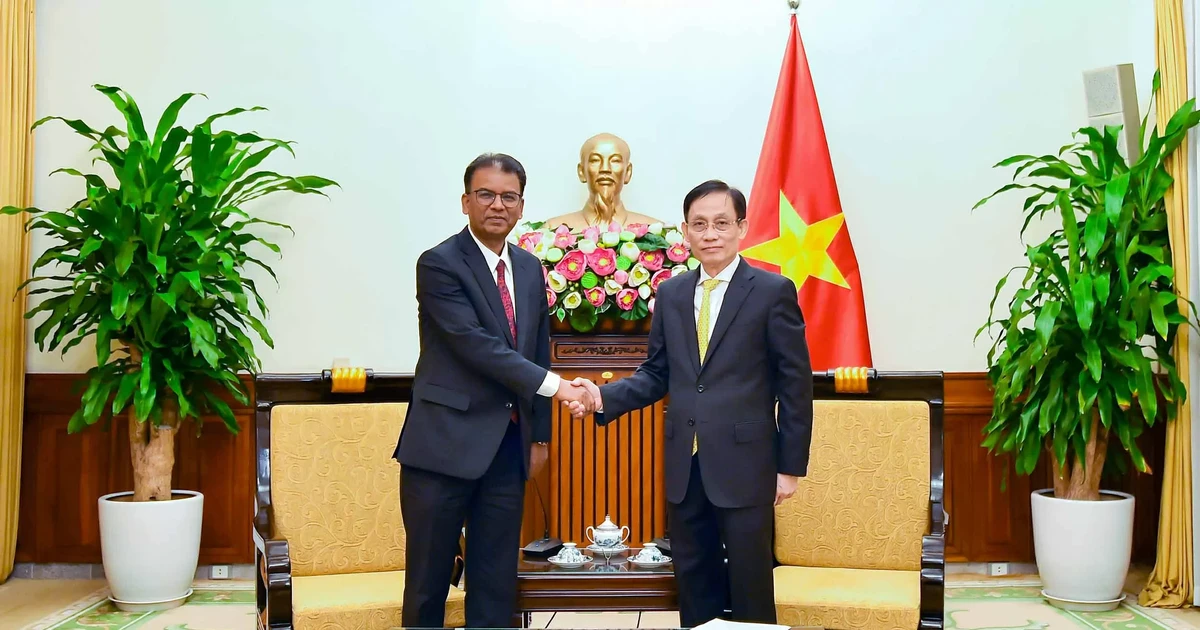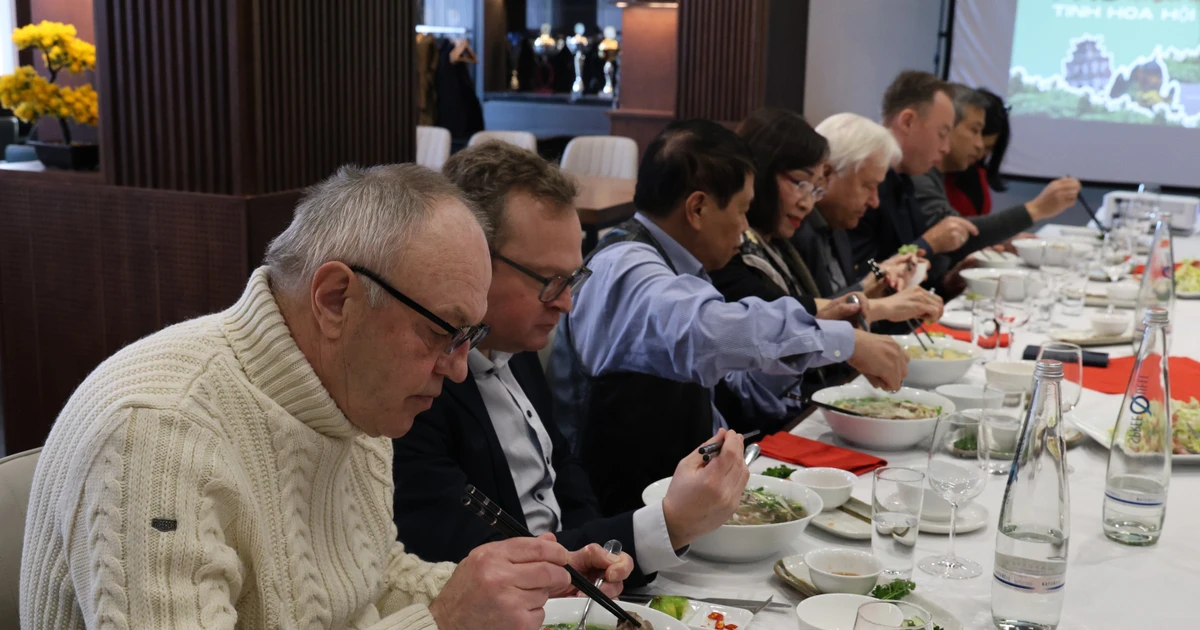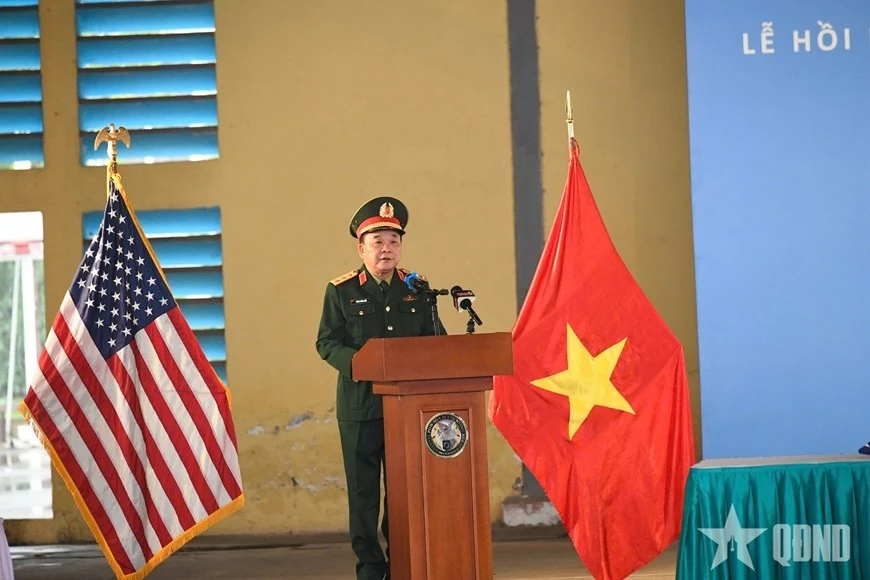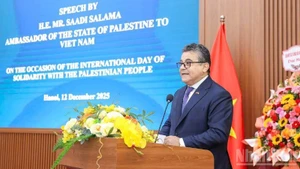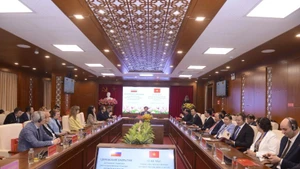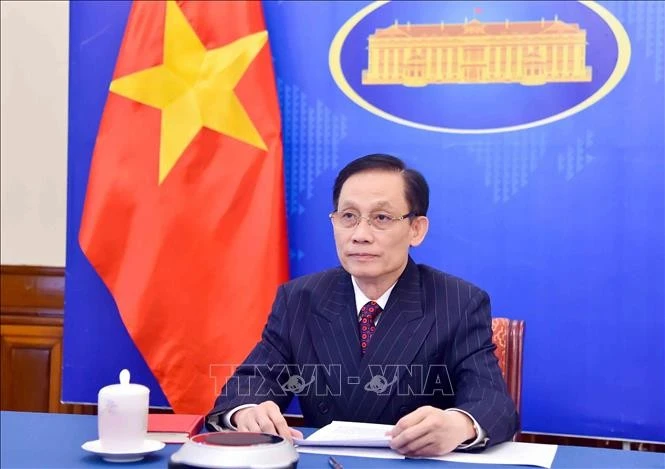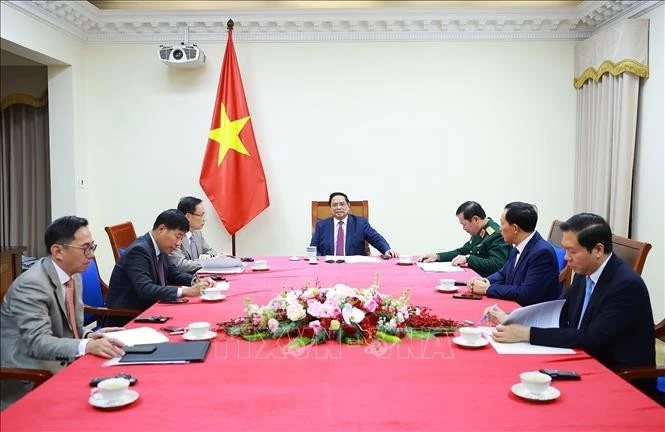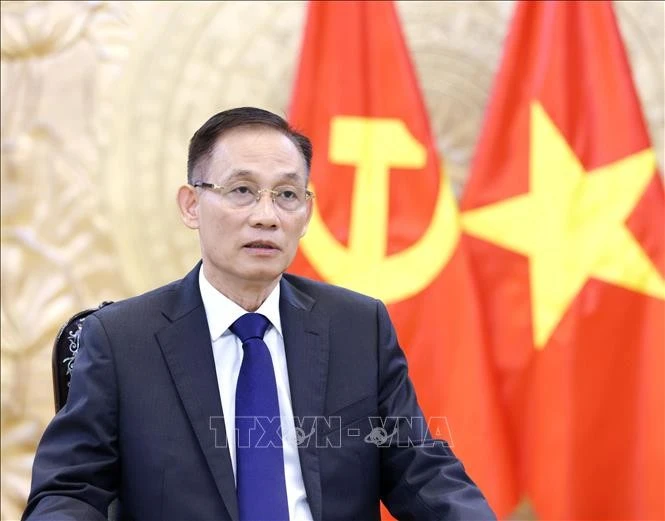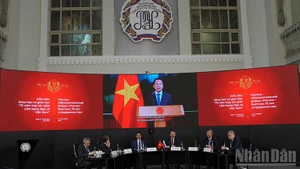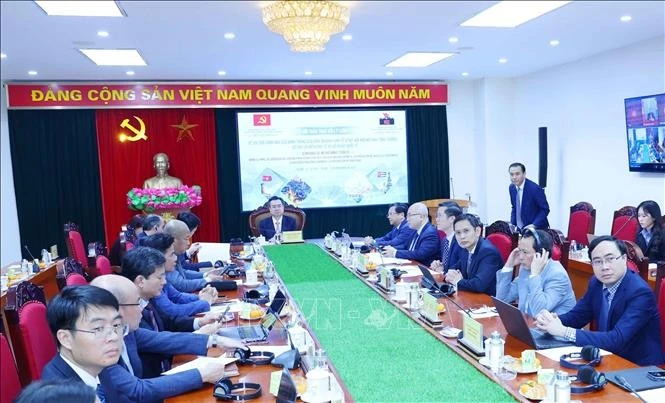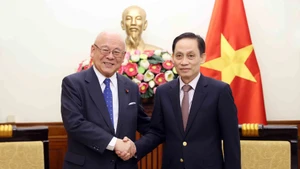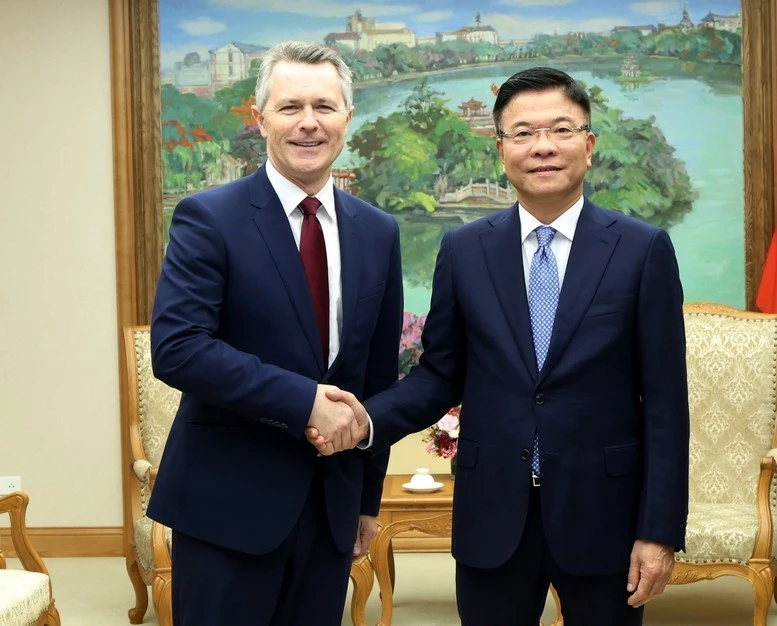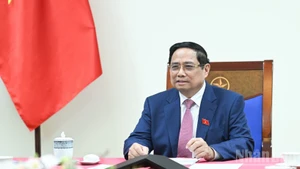Dien highlighted that Viet Nam and Canada possess complementary export structures and significant opportunities under the Comprehensive and Progressive Agreement for Trans-Pacific Partnership (CPTPP). Meanwhile, the bilateral Joint Economic Committee framework is effectively addressing obstacles and facilitating trade and investment partnerships between the two countries.
Thanks to these mechanisms and guidance from both countries' leaders, bilateral trade has grown steadily, with Viet Nam now Canada’s top trading partner in ASEAN, and Canada ranking as Viet Nam’s third-largest partner in the Americas. Their trade turnover reached 7.23 billion USD in 2024, up 15.8% year-on-year.
Referring to the discussion between Prime Minister Pham Minh Chinh and his Canadian counterpart Mark Carney in Kuala Lumpur on October 26, Dien said both leaders had agreed to raise bilateral trade to at least 10 billion USD within the next three years.
He observed, however, that current trade and investment levels remain modest compared to the countries’ potential and advantages. Vietnamese exports account for just 2% of Canada’s total imports, while Canada ranks 14th among the 139 countries and territories investing in Viet Nam.
Enterprises of both countries still have substantial room to tap into, the Vietnamese minister said, suggesting them boost connections in production, supply chains, technology, and brand development.
Providing an overview of Viet Nam’s economy, Dien noted that the country’s GDP growth is aimed at 8% in 2025 and double-digit rates from 2026 onwards. To achieve this ambitious target, Viet Nam is launching various incentives to attract more foreign investment. With a young and dynamic workforce and strong purchasing power, Viet Nam offers promising opportunities for Canadian businesses to expand investment cooperation.
For his part, Hyder emphasised that the CPTPP membership has helped deepen bilateral ties. He said the current level of trade cooperation is just the beginning, not the limit, and that both sides have ample room for further collaboration.
Praising Viet Nam's goal of expanding trade severalfold, he said Canada hopes to rise higher among investors in Viet Nam and to work closely in the latter's priority areas such as energy and food security, technology, and skilled workforce development.
On AI training and digital transformation, Dien said the Vietnamese Ministry of Industry and Trade oversees nine universities and 21 colleges, several of which already teach AI and semiconductor engineering. Viet Nam aims to train 50,000 semiconductor engineers by 2030, he noted, calling on Canadian firms to partner with Vietnamese institutions in this field.
He underlined that the two countries enjoy strong complementarity and shared benefits under the CPTPP, which expands market access through lowers tariffs, enhanced transparency, and increased dialogue. The bilateral Joint Economic Committee has also been helping remove barriers, facilitate trade promotion, and boost business connections.
The Vietnamese Government, he affirmed, is committed to maintaining an open, transparent, and stable investment environment while proactively diversifying markets and strategic partners.
The Ministry of Industry and Trade will provide all possible support for Canadian enterprises seeking to invest and operate in Viet Nam, he pledged.
